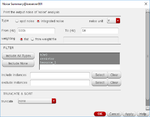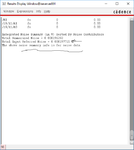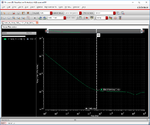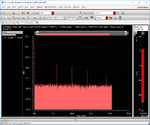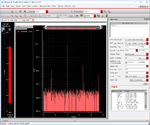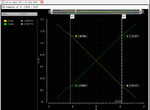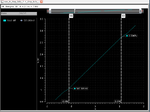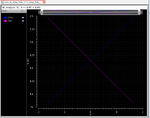KlausST
Advanced Member level 7
Hi,
As said: I recommend the use of filters to reduce noise.
If you still have any doubts:
Imagine this:
* no input signal
* but the OPAMP and the reisitors will still generate noise.
* unless you suppress this noise ... it will be fed to the ADC ... and the ADC will recognize it...It really is there.
If you need very low noise and low distortion:
Then do additional filtering digitally.
With the use of digital filters you may focus just on the signal of interest (with just a small bandwidth left and right). Maybe with FIR, IIR, biquad or other methods like LIA or DFT..
The noise will be much smaller then.
Klaus
the bandwidth set by filters....kindly you can see it below, also the Analog Device hand book is considering the noise at the range of signal bandwidth,
As said: I recommend the use of filters to reduce noise.
If you still have any doubts:
Imagine this:
* no input signal
* but the OPAMP and the reisitors will still generate noise.
* unless you suppress this noise ... it will be fed to the ADC ... and the ADC will recognize it...It really is there.
If you need very low noise and low distortion:
Then do additional filtering digitally.
With the use of digital filters you may focus just on the signal of interest (with just a small bandwidth left and right). Maybe with FIR, IIR, biquad or other methods like LIA or DFT..
The noise will be much smaller then.
Klaus
